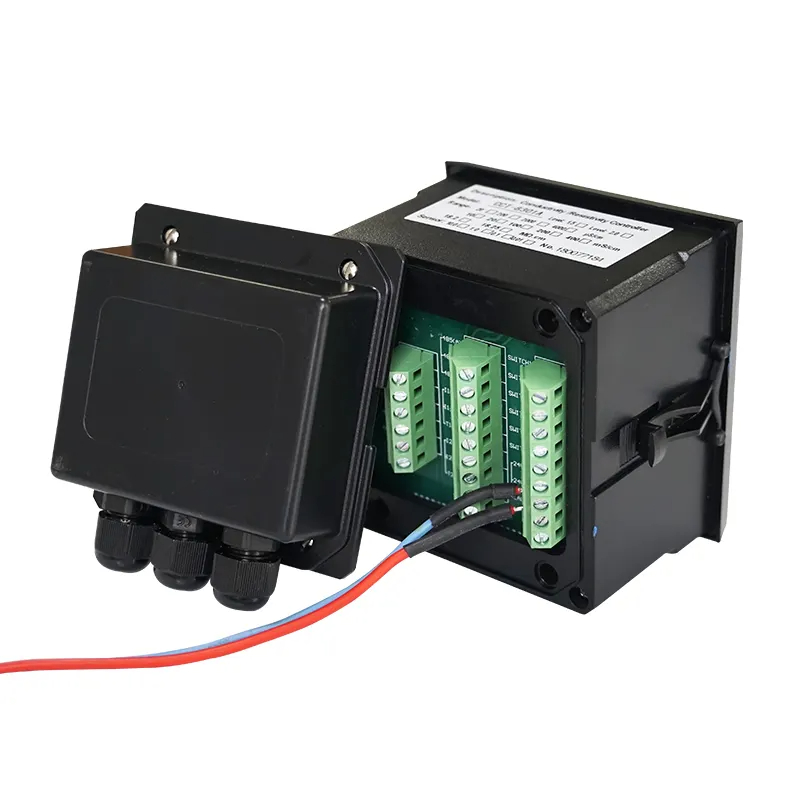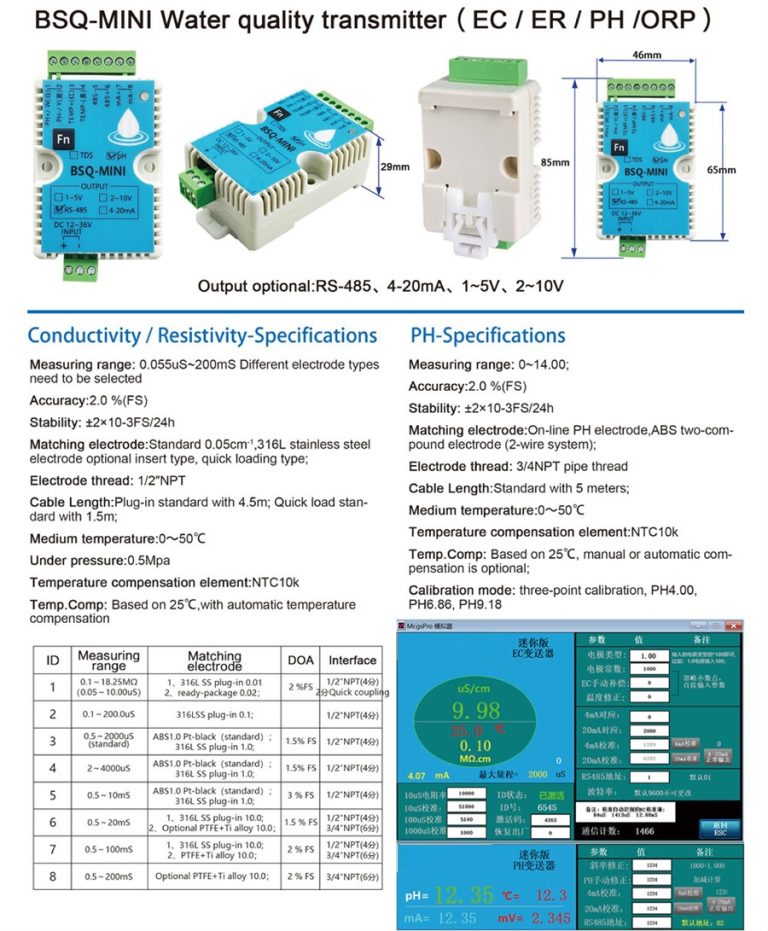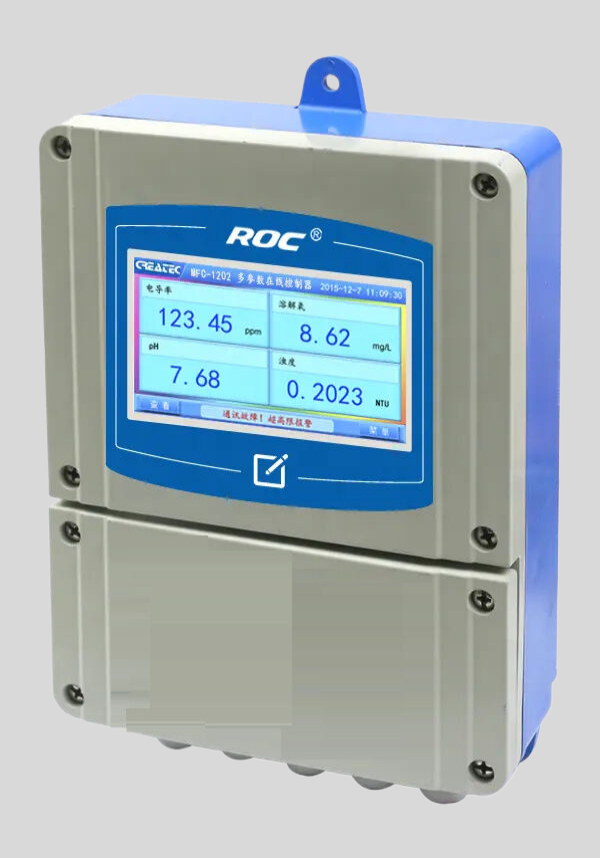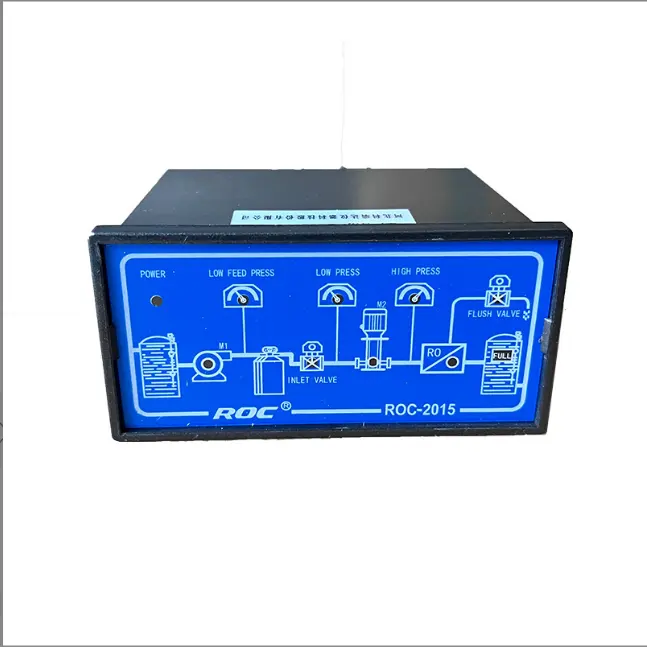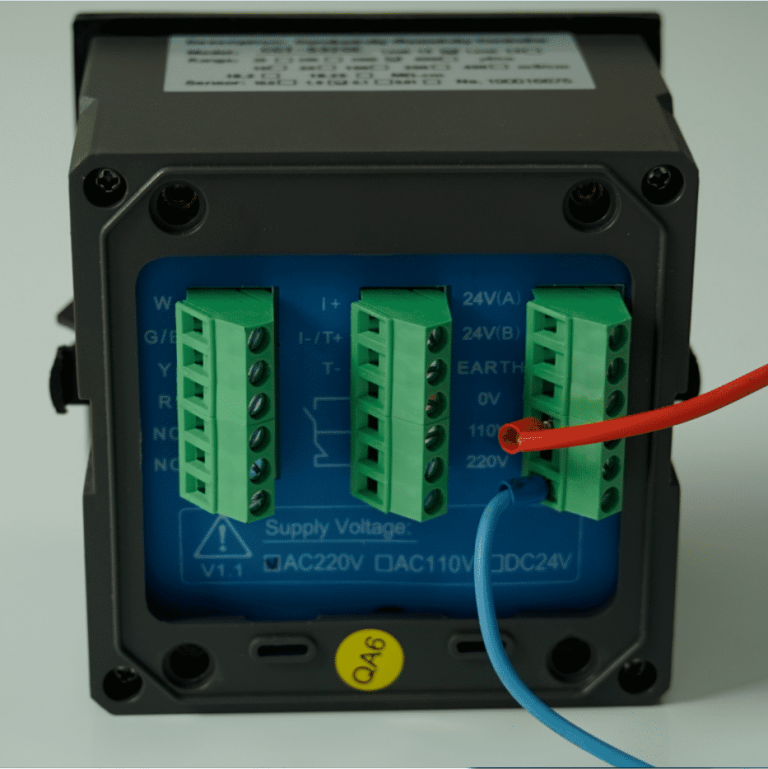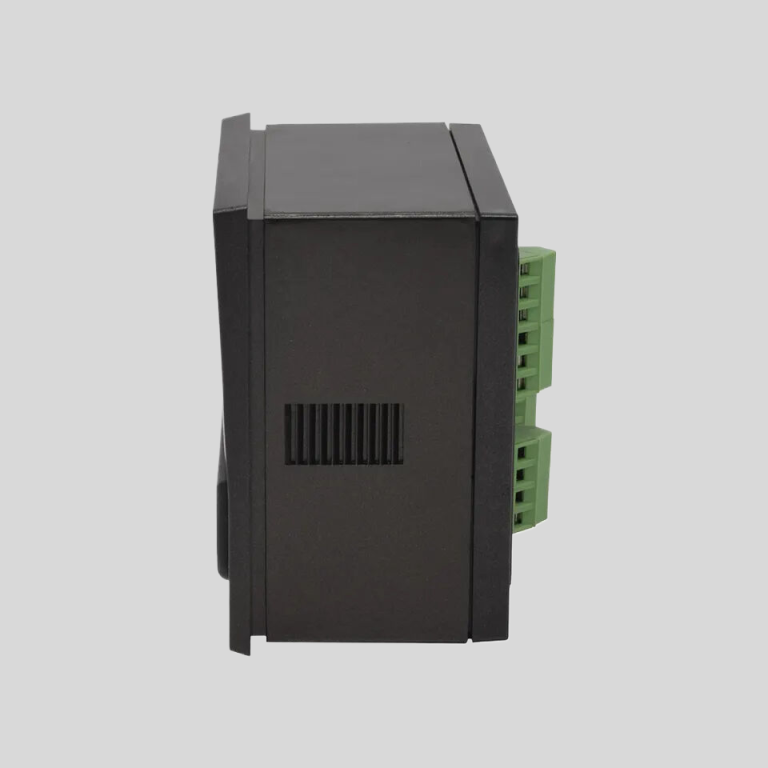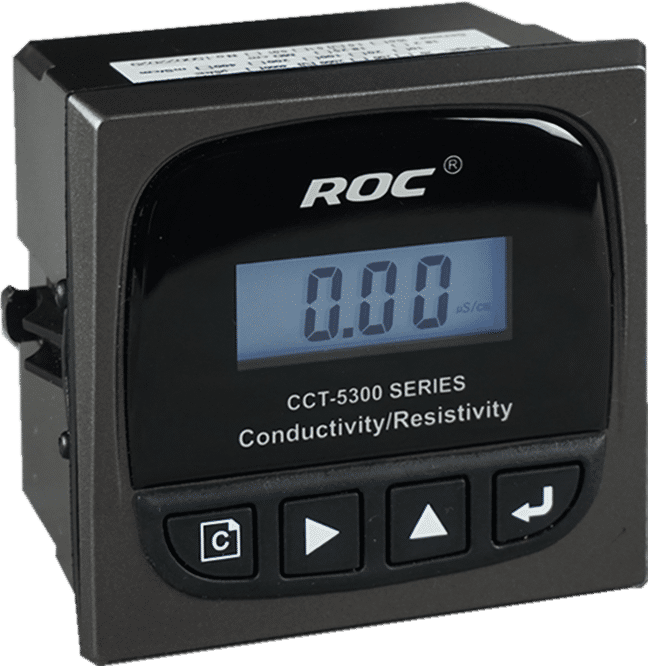Understanding the Importance of Flow Sensor Range in Industrial Applications
Flow sensors are crucial components in industrial applications where the measurement and control of fluid flow are essential. These sensors play a vital role in ensuring the efficiency and safety of various processes, such as monitoring the flow of liquids and gases in pipelines, controlling the flow rate of chemicals in manufacturing plants, and regulating the flow of water in irrigation systems. One of the key factors to consider when selecting a flow sensor for a specific application is its range.
The range of a flow sensor refers to the minimum and maximum flow rates that it can accurately measure. It is important to choose a flow sensor with an appropriate range for the specific requirements of the application to ensure accurate and reliable measurements. A flow sensor with a range that is too narrow may not be able to capture fluctuations in flow rates, while a sensor with a range that is too wide may not provide the level of precision needed for the application.
In industrial applications, the flow rates of fluids can vary significantly depending on factors such as the type of fluid being measured, the size of the pipeline, and the operating conditions. For example, in a chemical processing plant, the flow rate of a particular chemical may need to be closely monitored and controlled to ensure the quality of the final product. In this case, a flow sensor with a narrow range and high accuracy would be ideal.
On the other hand, in a large-scale water treatment facility where the flow rates of water can vary widely, a flow sensor with a wider range would be more suitable to accommodate the fluctuations in flow rates. It is important to consider the specific requirements of the application and select a flow sensor with a range that can accurately measure the expected flow rates.
| FL-9900 High Precision Type Runner Flow Controller | ||
| Measuring range | Frequency | 0~2K Hz |
| Velocity of flow | 0.5~5 m/s | |
| Instantaneous flow | 0~2000 m³/h | |
| Cumulative flow | 0~9999 9999.999 m³ | |
| Applicable pipe diameter range | DN15~DN100;DN125~DN300 | |
| Resolution | 0.01 m³/h | |
| Refresh rate | 1s | |
| Accuracy class | Level 2.0 | |
| Repeatability | ±0.5% | |
| Sensor input | Radius:0~2K Hz | |
| Supply voltage:DC 24V(instrument internal supply) | ||
| The electronic unit automatically temperature compensates for errors | +0.5%FS; | |
| 4-20mA | Technical characteristics | Meter/transmitter dual mode (photoelectric isolation) |
| Loop resistance | 500Q(max),DC24V; | |
| Transmission accuracy | ±0.01mA | |
| Control port | Contact mode | Passive relay control output |
| Load capacity | Load current 5A (max) | |
| Function selection | Instantaneous flow upper/lower alarm | |
| Mains supply | Working voltage: DC24V 4V Power consumption :<; 3.OW | |
| Cable length | Factory configuration: 5m, can be agreed: (1~500) m | |
| Environmental requirement | Temperature: 0~50℃; Relative humidity: ≤85%RH | |
| Storage environment | Temperature: (-20~60) ℃; Humidity: 85%RH | |
| Overall dimension | 96×96×72mm(height × width × depth) | |
| Opening size | 92×92mm | |
| Installation mode | Disc mounted, fast fixed | |
| Sensor | Body material | Body: Engineering plastic PP; Bearing :Zr02 high temperature zirconia |
| Flow rate range | 0.5~5 m/s | |
| Withstand pressure | ≤0.6MPa | |
| Supply voltage | lDC 24V | |
| Output pulse amplitude| | Vp≥8V | |
| Normal pipe diameter | DN15~DN100;DN125~DN600 | |
| Medium characteristic | Single-phase medium(0~60℃) | |
| Installation mode | Direct line insertion | |
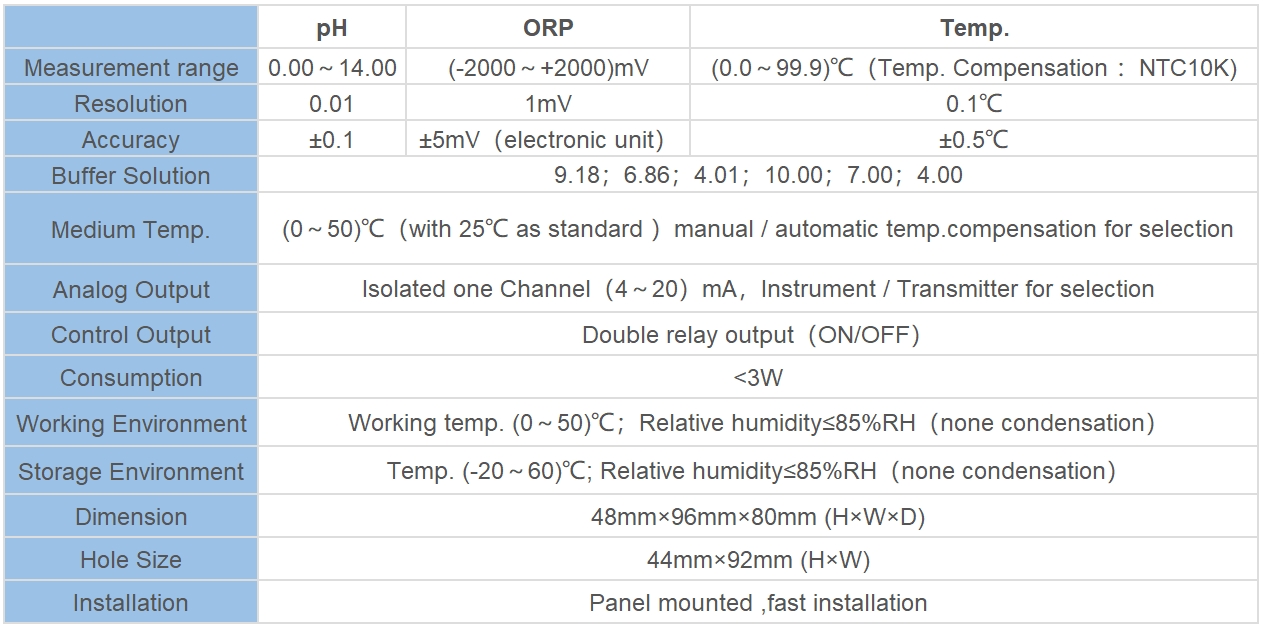
When choosing a flow sensor, it is also important to consider the type of flow measurement technology used. There are several types of flow sensors available, including differential pressure sensors, turbine flow sensors, electromagnetic flow sensors, and ultrasonic flow sensors, each with its own advantages and limitations. The range of a flow sensor can vary depending on the type of technology used, so it is important to select a sensor that is compatible with the requirements of the application.
In addition to the range of the flow sensor, other factors such as accuracy, response time, and durability should also be taken into consideration when selecting a flow sensor for industrial applications. It is important to choose a sensor that can provide accurate and reliable measurements in the harsh operating conditions often found in industrial environments.
| Model | CLA-7000 Series Free Chlorine(DPD)online automatic analyzer |
| Inlet channel | Single channel/Double channel |
| Measurement range | Free chlorine:(0.0~2.0)mg/L or (0.5~10.0)mg/L ,Calculated as Cl2; pH:(0-14); Temperature(0-100)℃ |
| Accuracy | Free chlorine:±10% or ±0.1/0.25 mg/L; pH:±0.1pH;Temperature:±0.5℃ |
| Measurement Period | ≤2.5min |
| Sampling interval | The interval (1~999) min can be set arbitrarily |
| Maintenance cycle | Recommended once a month (see maintenance chapter) |
| Environmental requirements | A ventilated and dry room without strong vibration;Recommended room temperature:(15~28)℃;Relative humidity:≤85%(No condensation) |
| Water sample flow | (200-400) mL/min |
| Inlet pressure | (0.1-0.3) bar |
| Inlet water temp. | (0-40)℃ |
| Power supply | AC (100-240)V; 50/60Hz |
| Power | 120W |
| Power connection | The 3-core power cord with plug is connected to the mains socket with ground wire |
| Data output | RS232/RS485/(4~20)mA |
| Size | H*W*D:(800*400*200)mm |
In conclusion, the range of a flow sensor is a critical factor to consider when selecting a flow sensor for industrial applications. Choosing a sensor with the appropriate range for the specific requirements of the application is essential to ensure accurate and reliable measurements. By carefully considering the range, type of technology, and other factors, industrial operators can select the right flow sensor to optimize the performance and efficiency of their processes.
